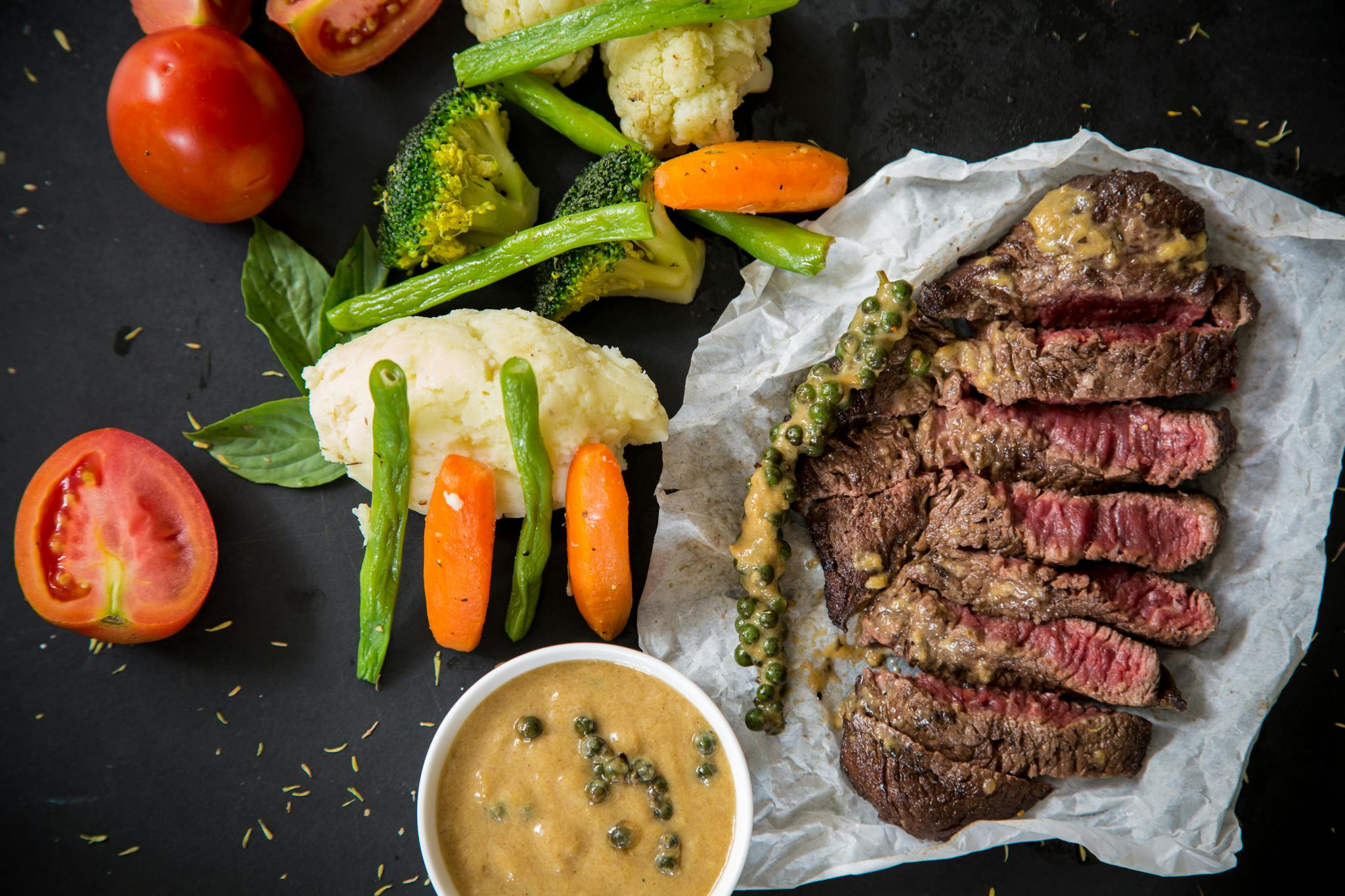The Role of Protein in CrossFit Performance
CrossFit demands explosive strength, endurance, and rapid recovery, making nutrition a cornerstone of success. Protein plays a pivotal role in repairing muscle tissue damaged during high-intensity workouts, supporting hypertrophy, and maintaining lean body mass. Unlike steady-state cardio, CrossFit’s combination of weightlifting, gymnastics, and metabolic conditioning creates significant muscle breakdown, requiring adequate protein to fuel adaptation. Additionally, protein aids in satiety and metabolic efficiency, critical for athletes managing body composition. Without sufficient intake, recovery slows, performance plateaus, and injury risk rises. For CrossFit enthusiasts, prioritizing protein isn’t just about building muscle—it’s about sustaining the energy and resilience needed to tackle daily WODs (Workouts of the Day).
Determining Protein Requirements for CrossFit Athletes
While general guidelines suggest 0.8g of protein per kilogram of body weight for sedentary adults, CrossFit athletes often require 1.6–2.2g/kg to meet their needs. Factors like training frequency, intensity, and individual goals (e.g., muscle gain vs. fat loss) influence this range. For example, a 75kg athlete aiming for hypertrophy might target 150g daily. Timing also matters: consuming 20–30g of protein within 30–60 minutes post-workout maximizes muscle protein synthesis. Spread intake evenly across 4–5 meals to maintain an anabolic state. However, exceeding 2.2g/kg offers diminishing returns and may strain kidneys in predisposed individuals. Always pair intake with hydration to optimize metabolism.
Best Protein Sources for CrossFit Enthusiasts
Not all proteins are created equal. Complete proteins (containing all nine essential amino acids) are ideal for muscle repair. Prioritize:
- Animal-based options: Chicken, turkey, eggs, Greek yogurt, and whey protein (fast-absorbing post-WOD).
- Plant-based alternatives: Soy, quinoa, and pea protein blends for vegans. Combine legumes with grains (e.g., rice and beans) to form complete proteins.
Avoid overly processed protein bars or shakes with added sugars. Casein, a slow-digesting protein, is useful before fasting periods (e.g., overnight). Supplements like BCAAs (branched-chain amino acids) can aid intra-workout recovery but shouldn’t replace whole-food sources.
Balancing Protein with Other Nutrients
While protein is vital, neglecting carbohydrates and fats undermines performance. Carbs replenish glycogen stores depleted during CrossFit’s glycolytic demands—aim for 3–5g/kg daily, focusing on complex carbs like oats or sweet potatoes. Healthy fats (avocado, nuts) support hormone production, including testosterone, crucial for muscle growth. A sample plate might include:
- 40% protein (grilled chicken),
- 40% carbs (brown rice),
- 20% fats (olive oil drizzle).
Hydration and electrolytes (sodium, potassium) further optimize protein utilization. Periodically adjust ratios based on training phases—e.g., higher carbs during competition prep.
Conclusion
A high-protein diet is non-negotiable for CrossFit athletes seeking peak performance and recovery. By consuming 1.6–2.2g/kg daily from quality sources, timing intake around workouts, and balancing macros, athletes can accelerate muscle repair, boost endurance, and maintain lean mass. However, protein alone isn’t a magic bullet—synergy with carbohydrates, fats, and hydration ensures sustained energy and metabolic health. Tailor your approach to individual needs, monitor progress through strength gains and recovery rates, and adjust as training demands evolve. Whether you’re chasing a podium finish or personal bests, strategic protein intake is your ally in conquering the rigors of CrossFit.
